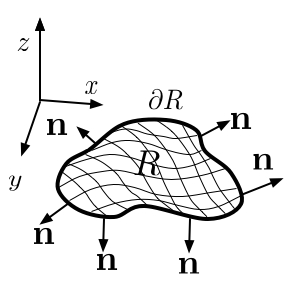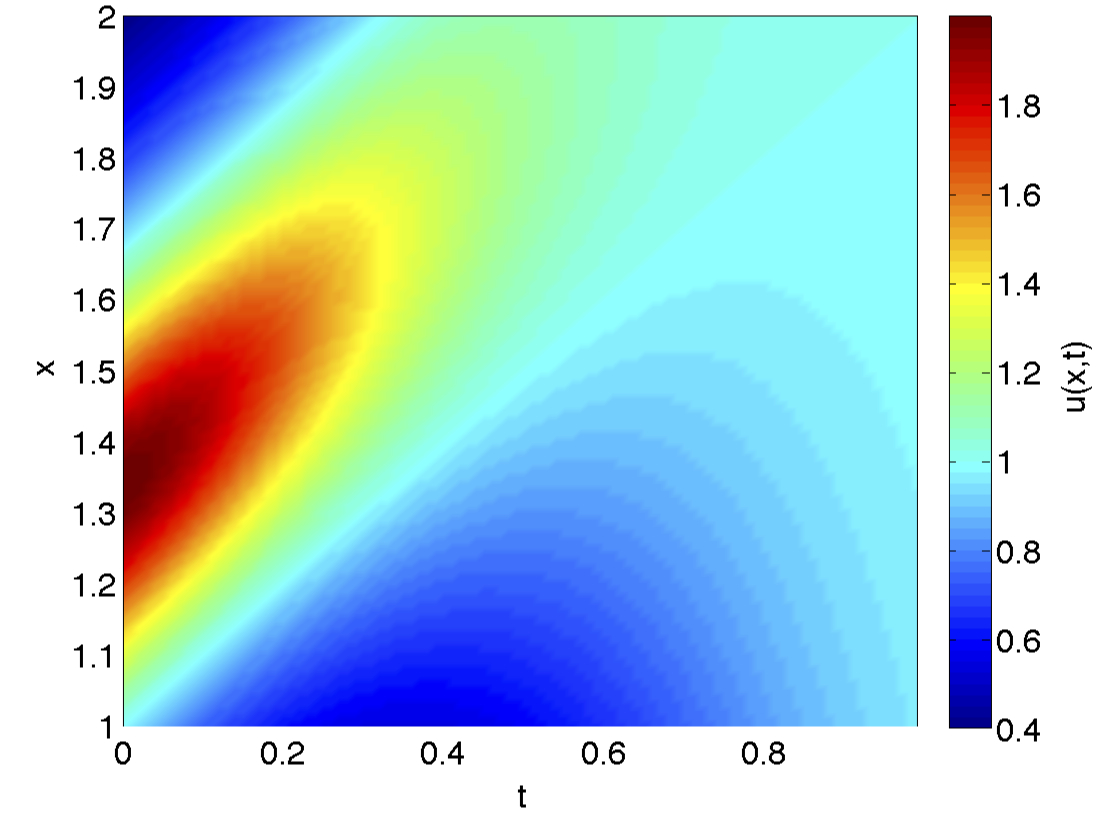
|
Differential Equations and Linear Algebra 2250 |

|
The calculus is a set of tools to analyze the relationships and functions essential for modeling physical processes important in science and engineering applications.
2250 Entrance requirements and prerequisites
- "C" or better in (MATH 2210 OR MATH 1260 OR MATH 1280 OR MATH 1321 OR MATH 1320 OR ((MATH 1220 OR MATH 1250 OR MATH 1270) AND PHYS 2210 OR PHYS 3210))
- Departmental consent
Learning Objectives of 2250
The goal of Math 1310 is to master the basic tools for the study of functions f(x)=y, termed the calculus, and become skilled in its use for solving problems in science and engineering. These basic tools and problem solving skills are described below.
The tools and skills
- Be able to model dynamical systems that arise in science and engineering, by using general prin- ciples to derive the governing differential equations or systems of differential equations. These principles include linearization, compartmental analysis, Newton's laws, conservation of energy and Kirchoff's law.
- Learn solution techniques for first order separable and linear differential equations. Solve initial value problems in these cases, with applications to problems in science and engineering. Understand how to approximate solutions even when exact formulas do not exist. Visualize solution graphs and numerical approximations to initial value problems via slope fields.
- Become fluent in matrix algebra techniques, in order to be able to compute the solution space to linear systems and understand its structure; by hand for small problems and with technology for large problems.
- Be able to use the basic concepts of linear algebra such as linear combinations, span, independence, basis and dimension, to understand the solution space to linear equations, linear differential equations, and linear systems of differential equations.
- Understand the natural initial value problems for first order systems of differential equations, and how they encompass the natural initial value problems for higher order differential equations and general systems of differential equations.
- Learn how to solve constant coefficient linear differential equations via superposition, particular solutions, and homogeneous solutions found via characteristic equation analysis. Apply these techniques to understand the solutions to the basic unforced and forced mechanical and electrical oscillation problems.
- Learn how to use Laplace transform techniques to solve linear differential equations, with an emphasis on the initial value problems of mechanical systems, electrical circuits, and related problems.
- Be able to find eigenvalues and eigenvectors for square matrices. Apply these matrix algebra concepts to find the general solution space to first and second order constant coefficient homogeneous linear systems of differential equations, especially those arising from compartmental analysis and mechanical systems.
- Understand and be able to use linearization as a technique to understand the behavior of nonlinear autonomous dynamical systems near equilibrium solutions. Apply these techniques to non-linear mechanical oscillation problems and other systems of two first order differential equations, including interacting populations. Relate the phase portraits of non-linear systems near equilibria to the linearized data, in particular to understand stability.
- Develop your ability to communicate modeling and mathematical explanations and solutions, using technology and software such as Maple, Matlab or internet-based tools as appropriate.
Problem solving fluency
- Students will be able to read and understand problem descriptions, then be able to formulate equations modeling the problem usually by applying geometric or physical principles. Solving a problem often requires a series of transformations that include utilizing the methods of calculus. Students will be able to select the appropriate calculus operations to apply to a given problem, execute them accurately, and interpret the results using numerical and graphical computational aids.
- Students will gain experience with problem solving in groups. Students should be able to effectively transform problem objectives into appropriate problem solving methods through collaborative discussion. Students will also learn how to articulate questions effectively with both the instructor and TA, and be able to effectively articulate how problem solutions meet the problem objectives.
Week-by-week guide of topics and textbook sections
- Week 1: 1.1-4 Differential equations, mathematical models, integral as general and particular solutions, slope fields, separable differential equations
- Week 2: 1.4-5, 2.1-2 Separable equations cont., linear differential equations, circuits, mixture models, popula- tion models, equilibrium solutions and stability
- Week 3: 2.2-4 Equilibrium solutions and stability cont., acceleration-velocity models, numerical solutions
- Week 4: 2.5-6, 3.1 Numerical solutions cont., linear systems; Super quiz over chapters 1-2
- Week 5: 3.1-4 Linear systems, matrices, Gaussian elimination, reduced row echelon form, matrix operations Rules
- Week 6: 3.5-3.6 Matrix inverses, determinants, review; Midterm exam 1 covering material from weeks 1-5
- Week 7: 4.1-4 Vector spaces, linear combinations in Rn, span and independence, subspaces, bases and dimen- sion
- Week 8: 5.1-3 Second-order linear DEs, general solutions, superposition, homogeneity and constant coefficients
- Week 9: 5.4-6 Mechanical vibrations, pendulum model, particular solutions to non-homogeneous problems, forcing and resonance; Super quiz
- Week 10: 10.1-4 Laplace transforms, solving IVPs with transforms, partial fractions and translations
- Week 11: 10.4 5Unit steps, convolutions; Midterm exam 2 covering weeks 6-10 material
- Week 12: 6.1-2, 7.1 Eigenvalues and eigenvectors, diagonalization, first-order systems of ODE Parts.
- Week 13: 7.2-4 Matrix systems, eigenanalysis, spring systems, forced undamped systems, practice resonance
- Week 14: 9.1-3 Equilibria, stability, phase portraits for non-linear systems, ecological models; Super Quiz.
- Week 15: 9.4 Nonlinear mechanical systems, review
- Week 16: Finals week: comprehensive final exam.